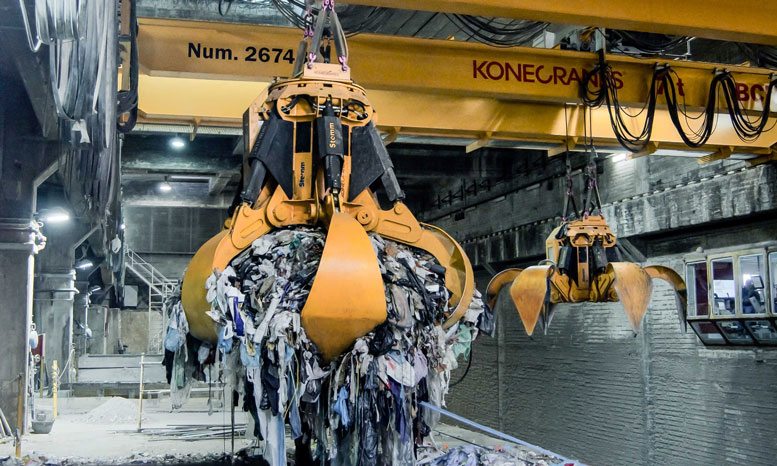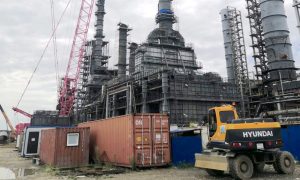Konecranes to introduce Mideast waste-to-energy cranes
Finnish manufacturer’s range to include material handling equipment with automation solutions

Konecranes is introducing a range of lifting and material-handling equipment specifically designed for waste-to-energy (WtE) and biomass applications for the Middle East.
The Finland-headquartered firm’s new cranes for the WtE sector include technologies specifically designed for biomass, slag, sludge and waste-handling applications, the company said in a statement.
It added that the range will come with a new solution for WtE automation – the Main User Interface (MUI), which is a computer integrated with the crane’s PLC system, allowing the operator to schedule and programme 20 different work routines in full automation. This gives plant managers enhanced flexibility to manage pit operations for receiving, mixing and burning waste, Konecranes said.
The cranes offer several “Smart Features” that help streamline load lifting and moving operations, increasing ease of equipment use and reducing material cycling time. The statement cited the example of the cranes’ integrated sway control systems, which allow for fast and precise movement of the grab and help to avoid collisions between the bucket and the pit walls. Further, the cranes also incorporate Konecranes’ automation system, which helps to reduce operator fatigue, improves safety and allows the crane to operate to its full potential.
“Konecranes has a variety of automation modes available to suit operational needs. These range from semi-automation, which is an operator initiated but PLC controlled feeding of the hopper in automation, to full-unmanned automation, which includes all feeding, mixing and receiving operations. Essentially, completely autonomous crane pit operations can be managed via our Main User Interface. Automation helps improve facility safety, load travel accuracy and performance efficiency,” said Joseph Botros, Konecranes’ director and head of Waste to Energy Industry.
The company has to date delivered 668 cranes to 428 renewable energy plants worldwide, of which a large proportion are capable of operating in full automation, the statement said.

























